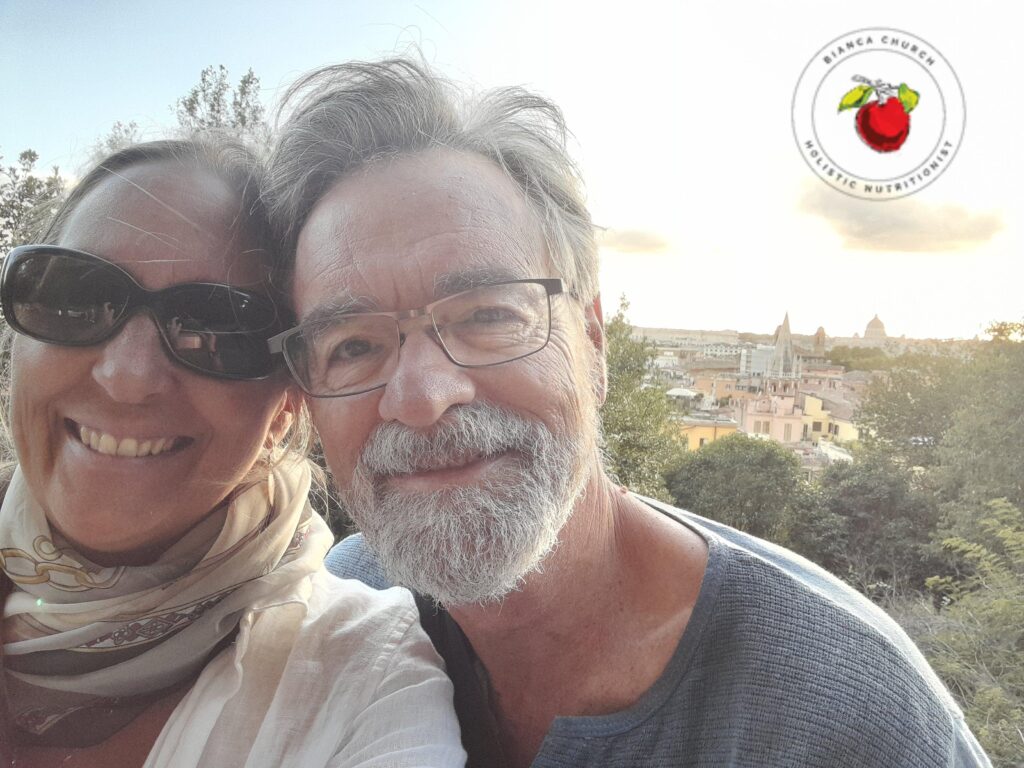 In a world tracking every macro and micronutrient, let’s not forget the one that truly sustains us, the daily dose of connection, kindness, and love.
In a world tracking every macro and micronutrient, let’s not forget the one that truly sustains us, the daily dose of connection, kindness, and love.
My academic roots are in Sociology from Canada’s McMaster University in the 90s, long before my 25 years in holistic and clinical nutrition. The foundation of seeing human health inseparable from social connection still influences how I interpret nutritional science today.
Dr. Elson Haas captured this beautifully in Staying Healthy with Nutrition, the first textbook I taught from in nutrition. He described love as a vital force that underpins healing and vitality, reminding us that “nutrition is more than what we eat it is how we live and love.”
While nutrition science emphasizes biochemical pathways, I keep returning to the sociological question: What nourishes people beyond nutrients?
In the so called “Blue Zones”, I see credit given to omega-3s, antioxidants, and the Mediterranean diet for longevity but, coming from experience, these same populations also share strong social ties, intergenerational care, shared meals, and a deep sense of belonging.
Even the so-called French Paradox may hinge less on red-wine polyphenols or grass fed butter and more on the joyful embodiment of connection. Everyday, I see the way the French kiss each other on the cheeks, touch one another comfortably, and express affection without fear of offending. These daily gestures are biochemical in their own right. They have the potential to lower cortisol and strengthen the immune system through oxytocin and human contact.
Love, belonging, and purpose regulate stress hormones, buffer inflammation, and even modulate gene expression. In this sense, Vitamin L may not appear in serum, but its deficiency is epidemic.
If you are curious how I apply these ideas, here is the link to Learn, Eat, & Be Well – SW France: https://learneatbewell.com/
